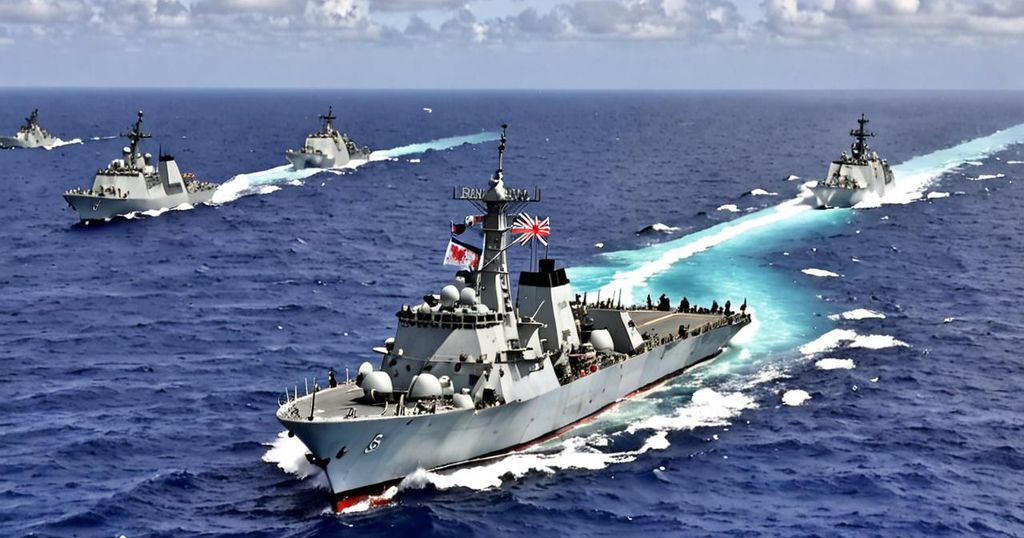Australia’s Involvement in South China Sea Dispute
Australia recently announced its participation in a joint military exercise in the South China Sea, along with the United States, Canada, and the Philippines. The primary objective of this exercise is to uphold freedom of navigation and overflight in the region, particularly in response to heightened tensions with Beijing, which asserts a large portion of the South China Sea as its territorial waters.
The decision to partake in the exercise comes in the wake of a recent agreement between the Philippines and China to manage maritime disputes and ease tensions in the area. Nevertheless, these exercises are expected to provoke a strong reaction from China due to its claims over the South China Sea.
Australia has deployed a surveillance aircraft for the drill, rather than a warship, signifying its dedication to regional security while avoiding further escalation of the situation. Although the precise location of the operation has not been disclosed, it is anticipated to take place within the Philippines’ Exclusive Economic Zone, particularly in the West Philippine Sea waters.
The joint statement issued by the four participating nations underscored the significance of upholding international law and the rules-based order, referencing a 2016 ruling by the Permanent Court of Arbitration that rejected China’s sovereignty claims over the sea. This ruling has been deemed a definitive and legally binding determination for the parties involved in the dispute.
Nonetheless, tensions persist in the region, with numerous clashes between China and the Philippines, including instances where Chinese coast guard vessels utilized water cannons and collided with Philippine vessels, resulting in injuries and damage, thus exacerbating the already precarious situation.
The decision to involve Canada in the exercise is considered noteworthy, with defense experts noting that Canada seems to be assuming a more substantial role than Australia in the naval activity. Despite the challenges and complexities at hand, the joint exercise epitomizes a collective commitment to bolstering regional and international cooperation in support of a free and open Indo-Pacific.
The involvement of multiple nations in this joint military exercise illustrates a unified front against China’s expansive territorial claims in the South China Sea. It underscores the importance of upholding international law, ensuring freedom of navigation, and preventing further escalation of conflicts in the region. As tensions persist, the presence of allied forces is crucial in maintaining stability and security in the contested waters of the South China Sea.








Post Comment